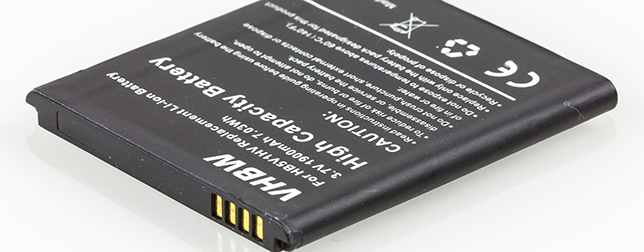They die at the most awkward moments. Your cellphone may bite the dust during important conversations because you haven’t recharged it. Or you may have to face delays on your yardwork because the battery for the stringed trimmer just dropped dead.
All these issues haven’t stopped researchers from improving the performance of batteries. These technologies aren’t going to see the light of day soon, but as we watch our phones gobble up the last bit of power at the end of a long day, we can keep dreaming.
How do batteries work?
Even the most tech-savvy person may have hard time making sense of the complex technology involved in a battery. Lithium ion batteries, which are used in most portable and handheld devices, consists of an anode, a cathode, an electrolyte, a separator, a negative current and a positive current. The anode and cathode are the “ends” of the battery; when the lithium ions move between the two ends, it generates a charge. Although these batteries are considered to be one of the most efficient and the lightest, there are limits on how much charge they can hold.
Here are some improvements researchers are working on:
Silicon Anode
Typically, lithium ion batteries contain graphite anode materials. But researchers are developing silicon particles as a more productive replacement for graphite. California-based Sila Nanotechnologies thinks this technology will appear in the market within the next year.
Read more HTC Reportedly Working on a Blockchain-Powered Android Smartphone
“An atom of silicon can store about 20 times more lithium than atoms of carbon,” says Gene Berdichevsky, CEO of Sila Nanotechnologies.
“Essentially, it takes fewer atoms to store the lithium, so you can have a smaller volume of material storing the same amount of energy” as a typical graphite material. He said his company will launch its first battery product for the consumer market early next year. Berdichevsky expects to see 20% boost in battery life over traditional lithium ion batteries when the battery is launched.
Read more How Employees are Finding Apple Watch Very Useful at Work
Lithium Metal
Soon after hitting the market in the late 80s, batteries made with lithium metal caused enough commotions to warrant a massive recall. However, according to some experts, lithium metal batteries have been relishing some new-found interest over the past 5 years. Emerging novel designs use lithium metal for the negative anode of the battery instead of graphite, allowing the battery to hold a greater charge.
Solid State
Heavy-duty battery users sometimes use lithium metal and solid state interchangeably, since they can apply to different parts of a battery and co-exist within the same battery structure. And, like their lithium metal counterpart solid metal batteries have been generating an increasing amount of attention in recent years because of their potential use in Electric Vehicles (EV). A solid state battery replaces either the battery’s electrodes, its liquid electrolyte, or both, with some type of solid like ceramic or glass.
Again, that doesn’t mean we’ll see solid state batteries flooding the market anytime soon. Last year Toyota admitted it was having issues developing high-capacity solid state batteries.













